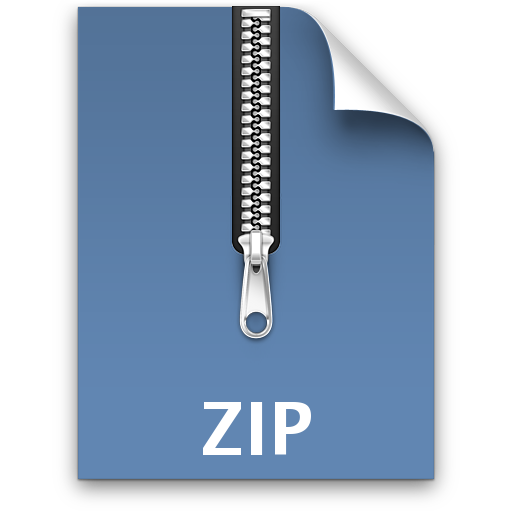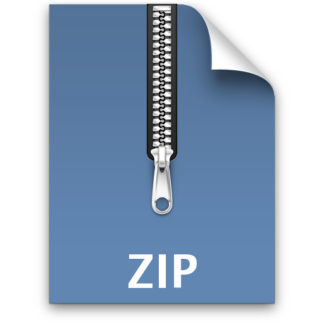Description
Goals of this assignment
1. Write a C program implementing a very simple Unix shell.
2. Demonstrate your work to a member of the CSC 360 teaching team and
explain your chosen data structures and algorithms that appear in the source
code of your solution.
CSC 360 Page 2 of 4 —
Assignment goal: Write uvsh (UVic Shell)
You are to design and implement a simple, interactive shell program named uvsh.
Your solution must exist within one C-language source-code file (i.e., uvsh.c), and
both compile and run on linux.csc.uvic.ca.
Even a partial implementation of the functionality in shells such as bash or csh is
beyond the scope of what can be accomplished for the time you have available to
complete something like uvsh. Features such as globbing, job control, and mixing
background processing with redirection are what make shells such powerful tools for
working programmers. However, the purpose of this assignment is to help you
understand how to spawn processes and work with the Unix filesystem, and
therefore you will implement a much smaller set of shell functionalities. Your shell
must provide the following four features:
a. Repeatedly prompt the user for commands, and execute those commands in
a child process. The characters to be used in the prompt will make up the
first line of a file named .uvshrc – note the period in the filename. This file is
located in the same directory in which uvsh itself is executed. (Note: To see
.uvshrc in a directory listing, you must use the “a” option, e.g., “ls -la”.)
b. Execute simple commands with at most nine (9) arguments. The directories
making up the path used by uvsh are to be contained in .uvshrc. The
directories (which will be absolute paths) follow the first line of .uvshrc (i.e.,
the line with the prompt) where there is one directory per line. A suitable
error message must be printed if the location of the binary for a command
cannot be found. When “exit” is entered at the prompt as the sole command,
uvsh will terminate.
c. If the command is preceded by do-out and a space, then the file to which
command output is to be stored appear at the end of the command following
the “::” symbol. A suitable error message must be printed if the do-out
command is not properly formed (e.g., missing “::” symbol; missing filename
after “::”). You may assume that the output file overwrites any existing file
with the same filename as that given in the command. For example, “ls -1 >
out.txt” in bash is equivalent to “do-out ls -1 :: out.txt” in uvsh.
d. If the command is preceded by do-pipe and space, then the command itself
will consist of two commands separated by “::” where the left-most
command’s output is to be connected to the right-most commands input.
(Pipes will not be nested within pipes in uvsh.) A suitable error message must
be printed if the do-pipe command is not properly formed (e.g., missing “::”
symbol; missing commands before or after the “::” symbol). For example, “ls –
1 | wc -l” in bash is equivalent to “do-pipe ls -1 :: wc -l” in uvsh.
CSC 360 Page 3 of 4 —
To make the shell even simpler you need not worry about mixing together output
redirection (do-out) with pipes (do-pipe). Make sure that all errors messages
generated by uvsh itself are output to stderr.
In order to help you with programming, you are not permitted to use memory (i.e.,
must not use malloc, calloc, etc.). In keeping with this, you may assume the following
limits and are permitted to declare variables having suitable dimensions (e.g., char
arrays):
• Maximum number of arguments in any command: 9.
• Maximum length of input line provided by user: 80 characters.
• Maximum length of prompt: 10 characters.
• Maximum number of directories in the path: 10 directories.
There are four further restrictions. Violating any one of these may result in a zero
grade for the assignment:
1. You must not use pthreads (POSIX threads) in this assignment.
2. After creating a child process, you must use execve() when loading the binary
for the command, i.e., you are not permitted to use execvp() or any other
member of the execv() family of functions besides execve(). (The environment
provided to execve() will be an array of char * with the single value of null,
i.e., no PATH will be given.)
3. When establishing a pipe between two child processes you must use the
pipe() system call, i.e., you are not permitted to user popen() or any other
related system call.
4. Solutions must not cheat by spawning a bash subshell process from within
uvsh and then passing along to that process a bash-compatible version of the
uvsh command given by the user at the uvsh prompt.
Completing this assignment will require you to combine string processing with
process creation with the use of some system calls (and combination of calls) that
are most likely new to you. In addition to this assignment description are several
“appendix” programs that I have written as sample code. Each of these focus on a
very specific task. You are not required to use this code or my approach, but you
should be familiar with the “appendix” code (hint hint demo questions that may be
asked hint hint). The “appendix” programs – plus a sample .uvshrc file – can be
found on linux.csc.uvic.ca in the directory /home/zastre/csc360/a1.
CSC 360 Page 4 of 4
What you must submit
• A single C source-code file named uvsh.c containing the solution to
Assignment #1. Any departures from this single source-code solution
structure must receive prior approval from the instructor, but unless there is
a compelling reason for such a change I’m unlikely to approve it.
• Submit the file electronically to conneX.
• Any code submitted which has been taken from the web or from textbooks
must be properly cited – where used – in a code comment.
Evaluation
Given that there are a variety of possible solutions to this assignment, the teaching
team will not evaluate submissions using a marking script. Students will instead
demonstrate their work to our course marker. Sign-up sheets for demos will be
provided a few days before the due-date; each demo will require from 10 to 15
minutes.
Our grading scheme is relatively simple.
• “A” grade: An exceptional submission demonstrating creativity and initiative.
The uvsh program runs without any problems. Any functionality in addition
to what is required for the assignment must be in a version of the program
named uvshplus.c.
• “B” grade: A submission completing the requirements of the assignment. The
uvsh program runs without any problems.
• “C” grade: A submission completing most of the requirements of the
assignment. The uvsh program runs with some problems.
• “D” grade: A serious attempt at completing requirements for the assignment.
The application runs with quite a few problems.
• “F” grade: Either no submission given, or submission represents very little
work.
Please note that software-similarity tools will be used this semester to
detect plagiarism and inappropriately-shared code.




